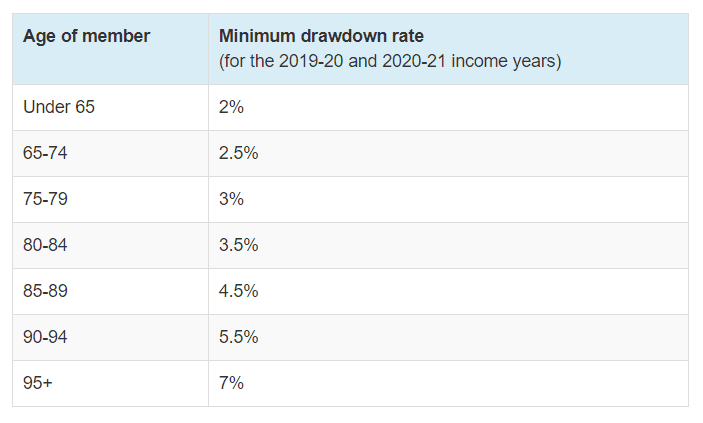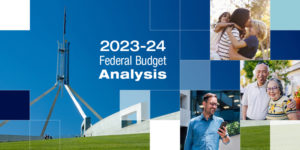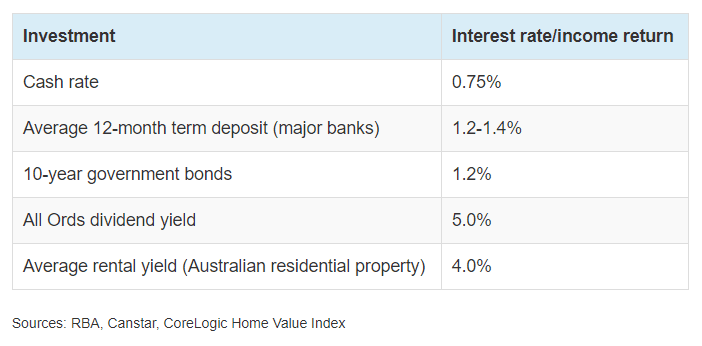THE HOUSING MARKET: SHAKEN NOT STIRRED
Posted on July 2, 2020

With Australia in a COVID-induced recession, residential property is not immune to falling economic activity. Yet housing prices are proving surprisingly resilient.
Only months ago, economists were forecasting a housing price slump of 20 per cent or more. Now, most have revised their forecasts to price falls of between five and 10 per cent.
The more optimistic predictions are due to Australia’s success at containing the coronavirus, the gradual lifting of restrictions and government stimulus aimed at keeping Australians in work. The most recent of these measures is the HomeBuilder package.
HOUSING STIMULUS
The Morrison Government’s HomeBuilder package, announced on June 4, offers homebuyers a grant of $25,000 to build a new home worth less than $750,000. The grant can also be spent on renovations valued between $150,000 and $750,000 to an existing home valued at no more than $1.5 million.
The scheme is limited to owner-occupiers (not investors) on incomes below $125,000 for singles and $200,000 for couples. The amount of money on offer is uncapped, but the government expects it to cost about $688 million for roughly 27,000 grants.
To be eligible, renovators must sign a contract with a builder by the end of 2020. They will need to have plans drawn up, finance approved, and any building and development approvals secured.
The package has been well-received by the housing industry, which hopes it will encourage buyers to bring forward purchases and support construction jobs.
CONSTRUCTION ACTIVITY IN THE DOLDRUMS
The value of residential construction work done in the March quarter fell 2.9 per cent, or 12.3 per cent over the year to March.i That’s a significant hit to the economy, given that construction is the third biggest contributor behind mining and financial services, and housing represents the lion’s share of all building activity.ii
While critics argue the HomeBuilder package is too limited in scope and time to make a significant impact, it is more likely to support house prices than harm them.
HOUSE PRICES MARKING TIME
According to CoreLogic, national home prices edged up 0.6 per cent in the three months to the end of May, at the height of the economic shutdown. Melbourne was the only market to lose ground during that period (-0.8 per cent) but all regions lost momentum.
However, sales activity bounced back by an estimated 18.5 per cent in May after a drop of 33 per cent in April. While the housing market remains subdued, the rise in sales coincided with an easing of social distancing restrictions, the arrival of JobKeeper payments in people’s pockets and growing consumer confidence. The ANZ-Roy Morgan consumer confidence index rose 42 per cent in the eight weeks following its trough in mid-March.
In another positive sign of increased economic activity, auction clearance rates recovered from a low of 30 per cent in April to 63 per cent in late May as restrictions on open homes and auctions eased. On an annual basis, national home values rose 8.3 per cent in the year to May with Perth (-2.1 per cent) and Darwin (-2.6 per cent) the only capital cities where prices are still lower than a year ago.iii
Change in dwelling values
Quarter |
Annual |
Gross yield |
Median value |
|
| Sydney | 1.1% | 14.3% | 3.0% | $885,159 |
| Melbourne | -0.8% | 11.7% | 3.2% | $686,798 |
| Brisbane | 0.8% | 4.3% | 4.4% | $508,386 |
| Adelaide | 1.1% | 1.8% | 4.4% | $441,184 |
| Perth | 0.1% | -2.1% | 4.3% | $443,669 |
| Hobart | 0.5% | 6.2% | 4.9% | $486,056 |
| Darwin | 2.1% | -2.6% | 5.8% | $393,939 |
| Canberra | 1.2% | 5.1% | 4.7% | $637,279 |
| Combined regionals | 1.1% | 3.5% | 4.9% | $397,388 |
| National | 0.6% | 8.3% | 3.8% | $557,818 |
Source: CoreLogic Home Value Index as at 31 May 2020
RENTS AND YIELDS FALLING
Rents in every capital city except Perth fell in the two months to May. Inner city apartments were worst hit, due to a glut in supply and falling demand from international students and out-of-work locals.
Falling rents are welcome news for renters, especially in cities like Hobart where a booming property market and the conversion of long-term rentals into short-term Airbnb lets had priced many out of the market.
However, falling rents are not so good for property investors. Rental yields were 3.8 per cent nationally in May, although higher in regional areas (4.9 per cent) than capital cities (3.5 per cent).
According to CoreLogic, there is a strong chance that rents will fall more than housing values, putting further pressure on rental yields, with yields in Sydney and Melbourne already at or near record lows.iii
LOOKING AHEAD
While the outlook for the property market is brighter than feared, there are still challenges ahead.
One test will come after September when JobKeeper payments and loan repayment holidays are removed. There is a risk that mortgage arrears and distressed sales could increase at that time. While unemployment is now expected to peak at around 8 per cent, not 10 per cent as previously forecast, it is not expected to return to pre-pandemic levels for at least two years.iv
On the positive side, interest rates remain at record lows and the OECD expects the Australian economy will bounce back by 4.1 per cent next year (if the coronavirus is kept under control), after a contraction of 5 per cent in 2020. This is a better economic performance than almost any other nation.v
While the outlook for property is still uncertain, the stirrings of economic activity are encouraging. If you would like to discuss your property strategy in the light of current market developments, please get in touch.
i https://www.abs.gov.au/ausstats/abs@.nsf/mf/8755.0
ii https://www.abs.gov.au/ausstats/abs@.nsf/Latestproducts/
iii https://www.corelogic.com.au/sites/default/files/2020-06/CoreLogic%20home%20value%20index%20June%202020%20FINAL.pdi
iv https://www.businessinsider.com.au/australian-unemployment-forecast-government-treasury-covid19-2020-6
v https://www.afr.com/policy/economy/australia-leads-on-economic-recovery-oecd-20200610-p5514b
RECENT POSTS
As the end of the financial year draws closer, thoughts turn to tax. No doubt you can think of more enjoyable ways to spend your time than preparing for your annual tax return. So how can you streamline the process while ensuring you take advantage of all the claims that are possible?
As anyone who has joined the weekend crowd at Bunnings knows, Australians love DIY. And that same can-do spirit helps explain why 1.1 million Aussies choose to take control of their retirement savings with a self-managed superannuation fund (SMSF).
What does the Federal Budget mean for me?
Treasurer Jim Chalmers has high hopes that his 2024 Federal Budget will rein in inflation earlier than expected, ease cost-of-living pressures and build a stronger economy in the future.
































